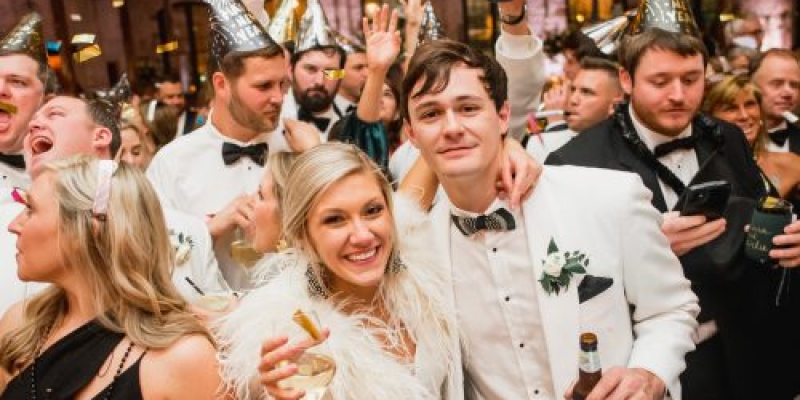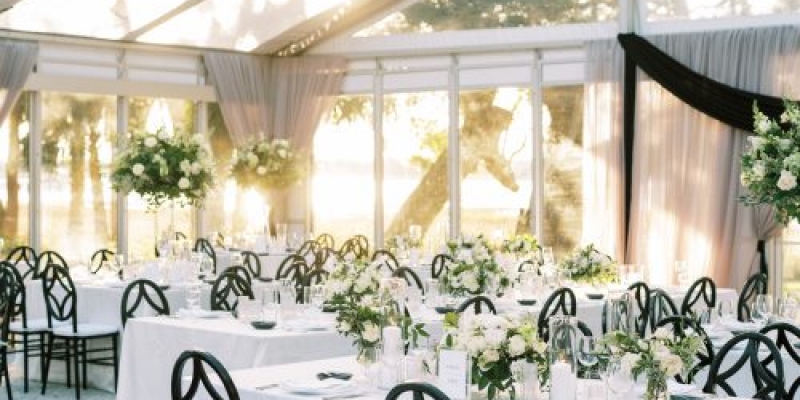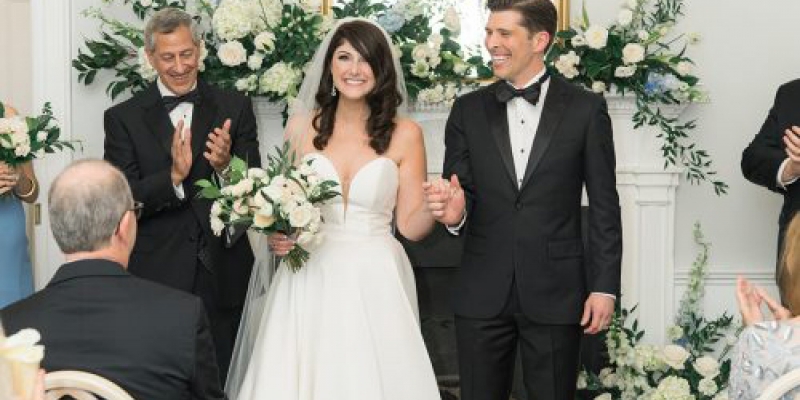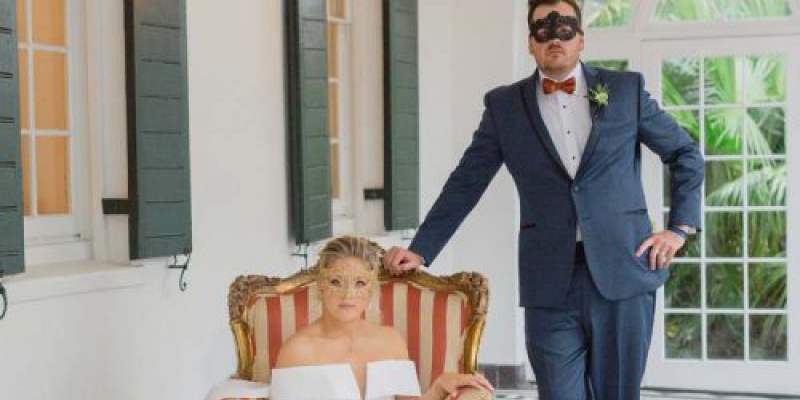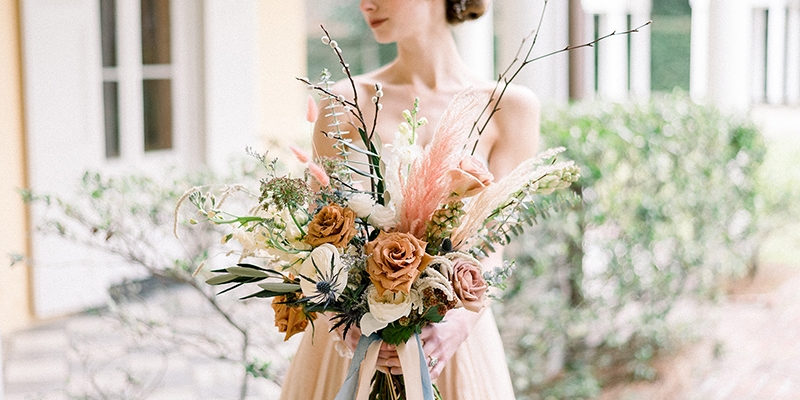
Follow etiquette protocol to the letter and you have an inarguable dictate for who sits where during your reception dinner and ceremony. To find salvation in tradition, here’s what Cindy Grosso from Charleston School of Protocol suggests for Protestant weddings: At The Ceremony • If they are not part of the ceremony, the bride’s and groom’s siblings sit in the second pew on their respective sides, along with their spouses. Aunts, uncles, and other family members sit in the third pews. • The groom’s grandmothers are seated in the third row on the groom’s side. Grandfathers follow behind and are seated with them. • The bride’s grandmothers sit on the third row on the bride’s side. Grandfathers follow. • The groom’s mother is seated on the first row on the right, followed by the groom’s father. • The mother of the bride is escorted by a son or other usher to the first row on the left. This signals that the processional is about to begin. Once the bride’s father has given his daughter away, he will join his wife in her pew. n If either the bride or groom’s divorced parents are on friendly terms and have not remarried, they share the first row. Remarried mothers of the bride and groom sit in the first row with their current spouses. However, if the couple’s fathers are remarried, each will sit with his current wife in the fourth row. At The Reception • Most seated receptions have an elevated table for the bride and groom to face their guests. The bride always sits on the groom’s right, the maid of honor sits on the groom’s left, and the best man on the bride’s right. Boy-girl seating continues until the head table is full. • The bride’s father sits at the head of the table, with the groom’s mother on his right. Across the table is the bride’s mother with the groom’s father on her right.

